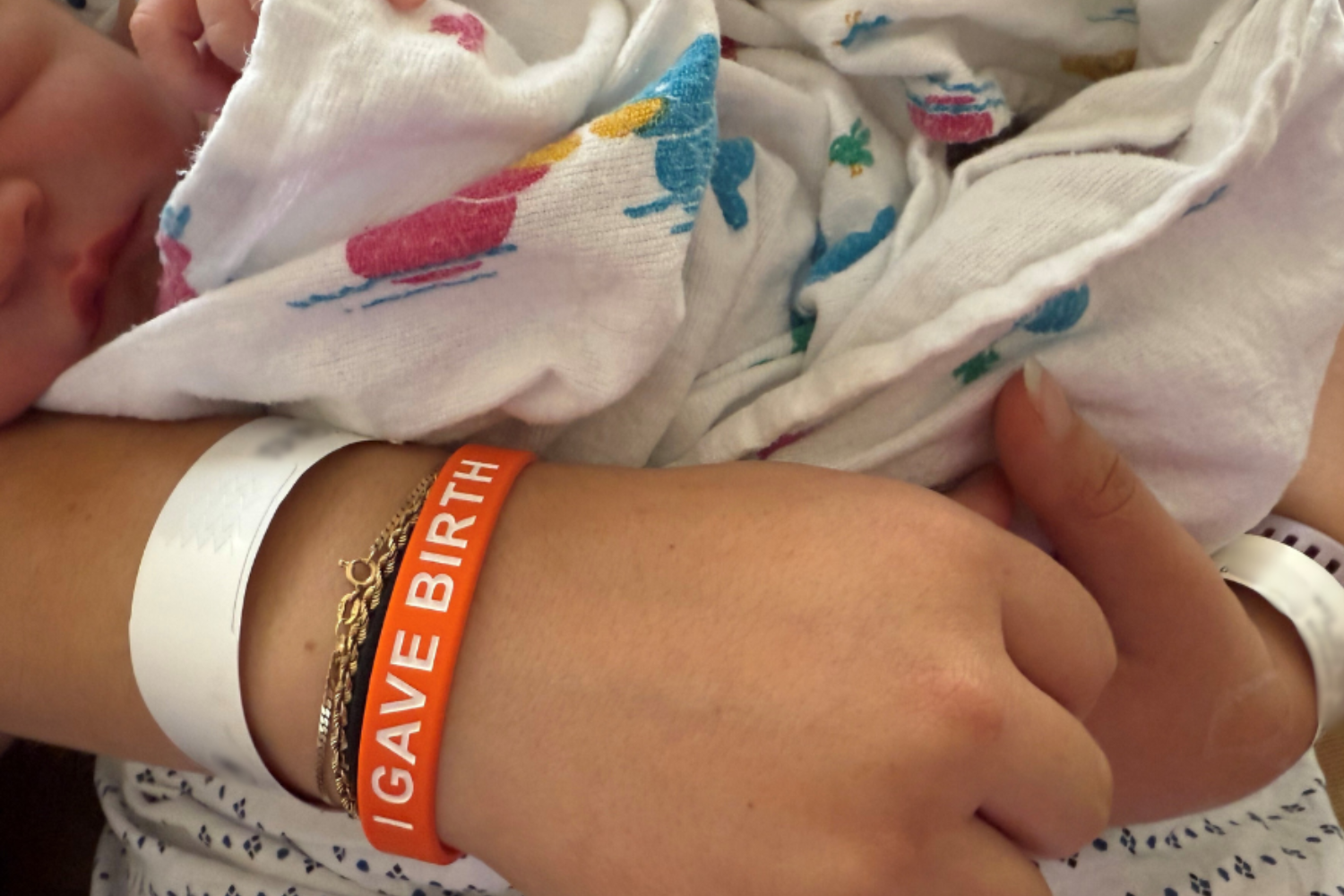 Dr. Nejat Olgac, professor of Mechanical Engineering and head of UConn’s Advanced Laboratory for Automation, Robotics & Manufacturing (ALARM), and his team are developing a microscopic device called the Ros-Drill© that can transfer genetic material into cells with greater accuracy and effectiveness than ever before achieved. This novel microinjection method – made possible through nanotechnology – offers diverse medical applications, including uses in stem cell research, drug development, artificial insemination and in vitro fertilization. It guides a glass pipette of 5-10 microns in diameter into cells of 50-100 microns in diameter.
Dr. Nejat Olgac, professor of Mechanical Engineering and head of UConn’s Advanced Laboratory for Automation, Robotics & Manufacturing (ALARM), and his team are developing a microscopic device called the Ros-Drill© that can transfer genetic material into cells with greater accuracy and effectiveness than ever before achieved. This novel microinjection method – made possible through nanotechnology – offers diverse medical applications, including uses in stem cell research, drug development, artificial insemination and in vitro fertilization. It guides a glass pipette of 5-10 microns in diameter into cells of 50-100 microns in diameter.
The method holds strong promise for in vitro fertilization, which has relied upon the conventional piezo-assisted ICSI technique. In contrast with the ICSI technique, which requires small amounts of mercury to stabilize the pipette tip when piezoelectric force pulses are applied, the Ros-Drill uses microprocessor-controlled rotational oscillations on a spiked micropipette (with 1-10 micron diameter) without mercury or piezo. Preliminary experimental trials indicate this technique gives high survival and fertilization rates as well as blastocyst formation rates.
Dr. Olgac is partnering with researchers at Harvard University and the University of California Davis, as well as the Animal Science Department at UConn, to conduct biological testing. A patent is currently pending on the technique.



